
RV Black Water Tank Overview
RV Lifestyle & Repair EditorsIt is important to understand how to properly empty your RV waste tank system, including knowing the difference between the two tanks and compiling the hoses and tools that make your visits to the dump station easier. In this free lesson, RV expert Dave Solberg conducts a quick overview of the RV waste tank system on his demo basement model vehicle, explaining the proper technique for safe dumping at any campground or city facility and introducing any tools you might need throughout the process.
RV Waste Tank Basics
RV wastewater tanks are classified as black water and gray water systems. The black water tank valve can typically be identified as the larger valve, usually 3 inches in diameter, while the gray water tank valve is smaller, usually 1.5 inches in diameter.
Toilets on an RV are always connected to the black water system, which contains sewage from personal waste. Other water drains onboard are connected to the gray water waste tank, which holds less hazardous water from such sources as sinks and showers. However, depending on the layout, some manufacturers will have the system set up in such a way that the sinks dump into the black tank, but in most vehicles the black water tank will be filled with primarily sewage from the toilet.
Even though the gray RV waste tank holds cleaner waste than the black water tank, you still do not want to dump this tank into the open. Both tanks should be properly emptied at designated dump stations, using equipment that allows for safe and clean dumping.
How to Dump an RV Waste Tank
Before emptying the black RV waste tank on your vehicle you should be sure to put on rubberized gloves to protect yourself against any pathogens. Because it can get messy at the dump station, some people also choose to wear masks to help avoid experiencing the unpleasant smells. Prior to attaching the waste hose to and dumping your black water tank, Dave recommends making sure both valves are closed so you don’t get an unsanitary surprise when taking off the sewer dump cap. Trust us, you don’t want to skip this step!
Next, Dave shows you how to attach the (clean!) dump hose to the bayonet dump valve and empty the black water tank first, followed by the gray one. Emptying the black water and then the gray tank will help flush the hose of the black water sewage with the cleaner of the two water tanks, making it easier to perform the final cleaning with fresh water from the dump station. Additionally, this whole process can be simplified and further sanitized by affixing an extendable hose with an aftermarket funnel. This way, you can run the hose straight through your tank compartment and just drive right over the dump tank.
To make emptying an RV waste tank a breeze, there are several other aftermarket products available such as a clear dump valve connection to see when clean water is coming through the dump valves, and dump hose adapter ends to make an even more secure connection at the dump station. Invest a bit of money, and you’ll never have to worry about a messy cleanup!
Explore videos by RV Lifestyle & Repair Editors
Premium Membership
Unlock exclusive member content from our industry experts.
- 24/7 Access to Premium RV Maintenance Videos, Travel Inspiration, and Lifestyle Tips
- Step-by-Step Instructional Demos, Projects, and Guides
- 50% Off Video Downloads Purchased in the RV Lifestyle & Repair Shop
- Access to Ask the Expert Program
Unlock exclusive member content from our industry experts.
- 24/7 Access to Premium RV Maintenance Videos, Travel Inspiration, and Lifestyle Tips
- Step-by-Step Instructional Demos, Projects, and Guides
- 2 Full-Length Video Downloads to Watch Offline
- 50% Off Video Downloads Purchased in the RV Lifestyle & Repair Shop
- Access to Ask the Expert Program
Gold Membership
$333 Value
Get everything included in Premium plus exclusive Gold Membership benefits.
- 24/7 Access to Premium RV Maintenance Videos, Travel Inspiration, and Lifestyle Tips
- Step-by-Step Instructional Demos, Projects, and Guides
- 9 Full-Length Video Downloads to Watch Offline
- 2 Full-Length RV Repair Classes to Keep for Life
- Discounts on Purchase-to-Own Content in the RV Lifestyle & Repair Shop
- Access to Ask the Expert Program
- Exclusive GOLD LIVE Streaming Events

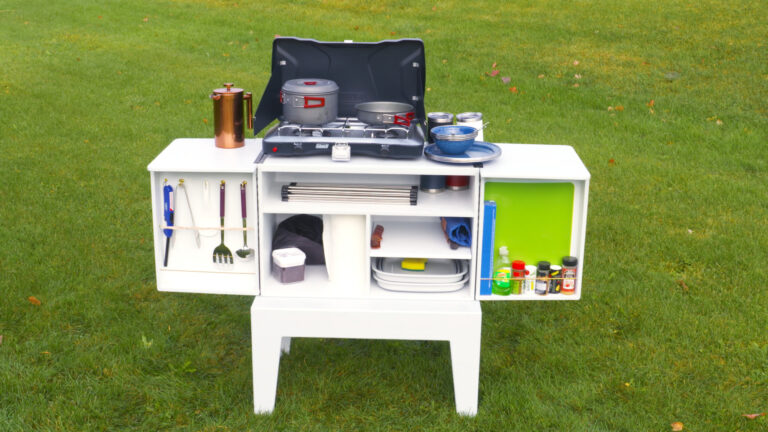
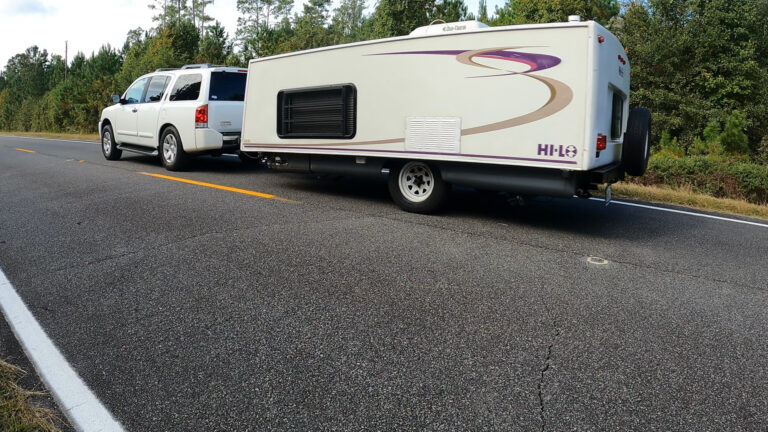
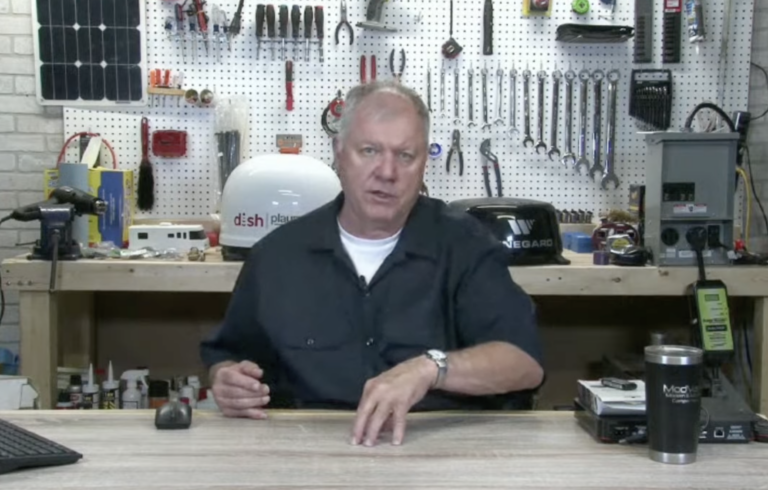
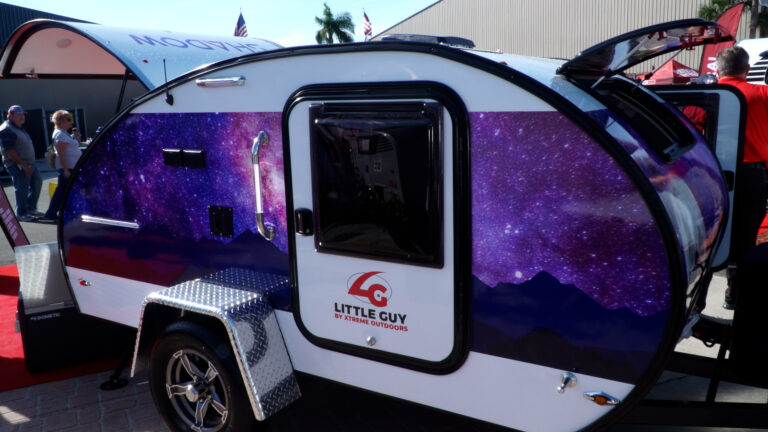
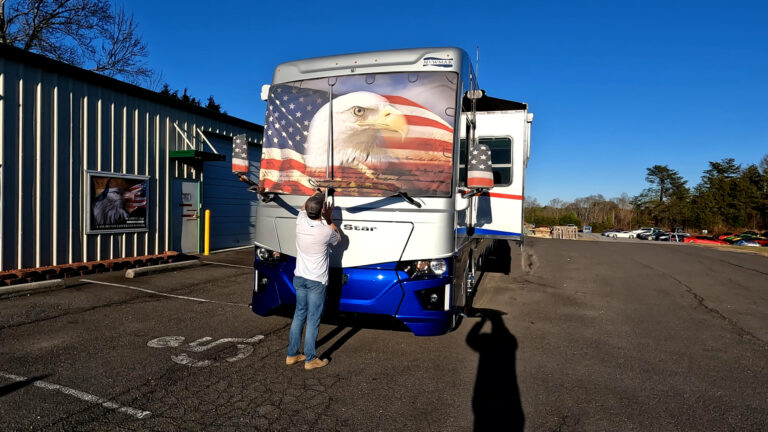
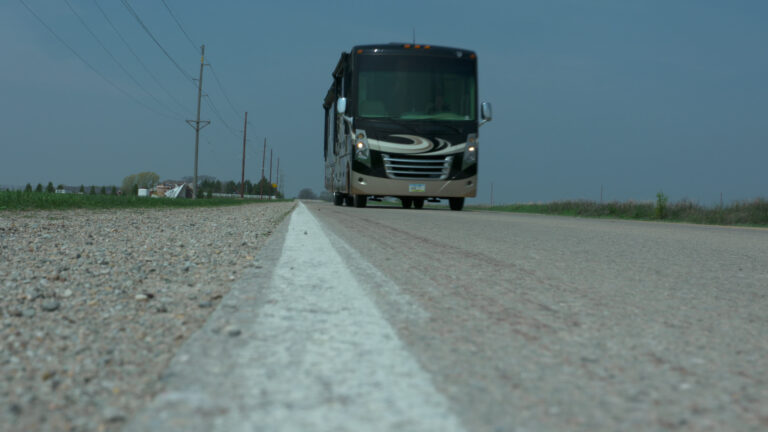
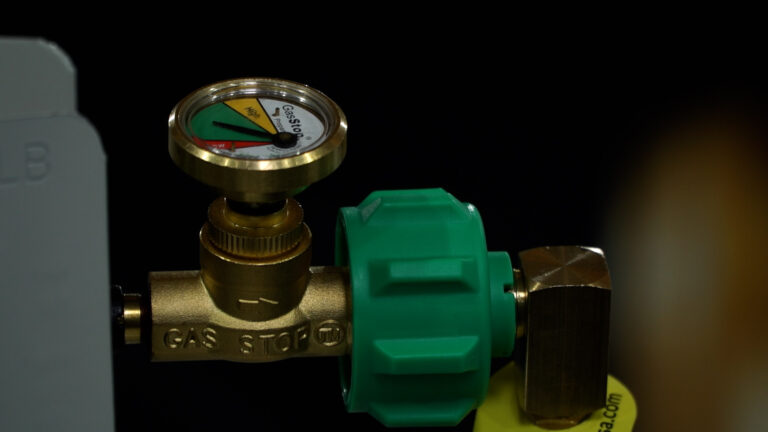


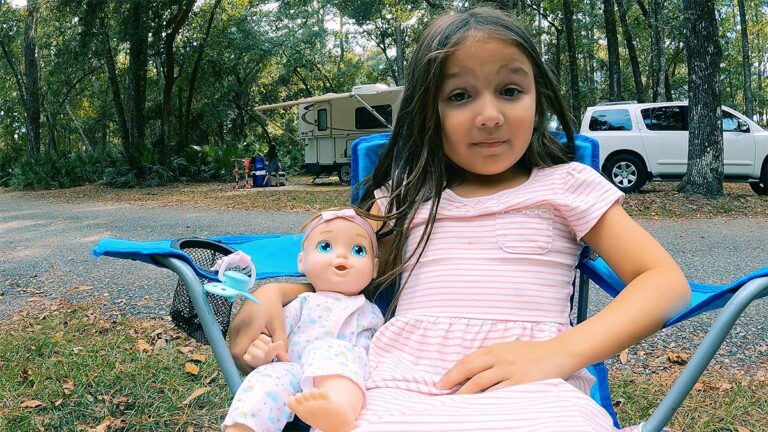
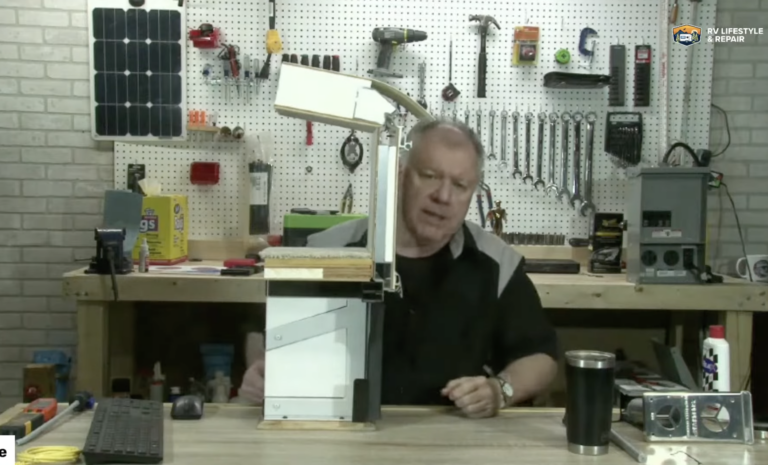
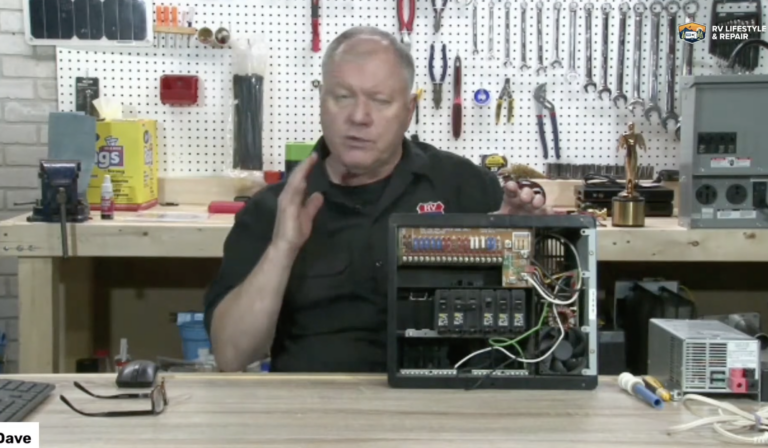
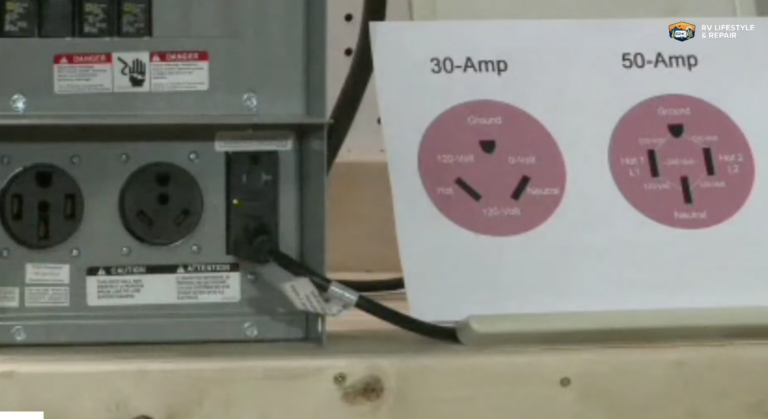

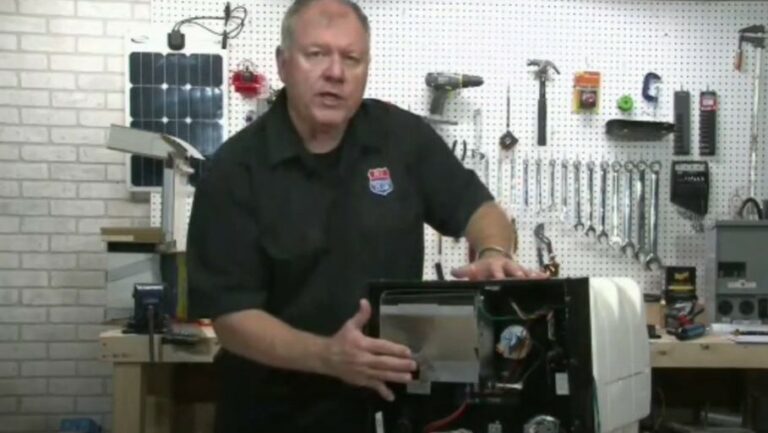
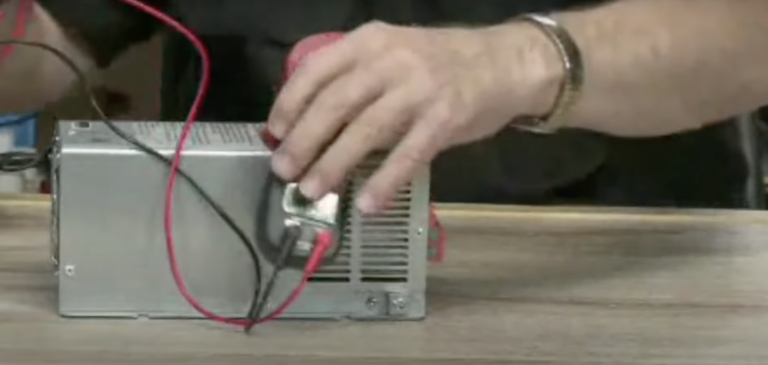
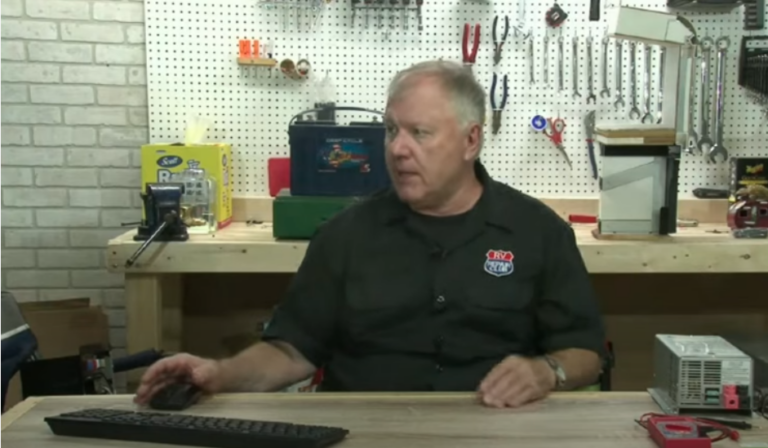
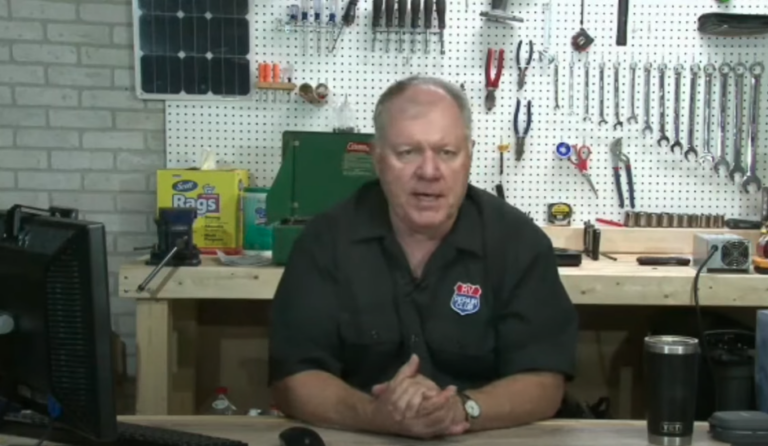
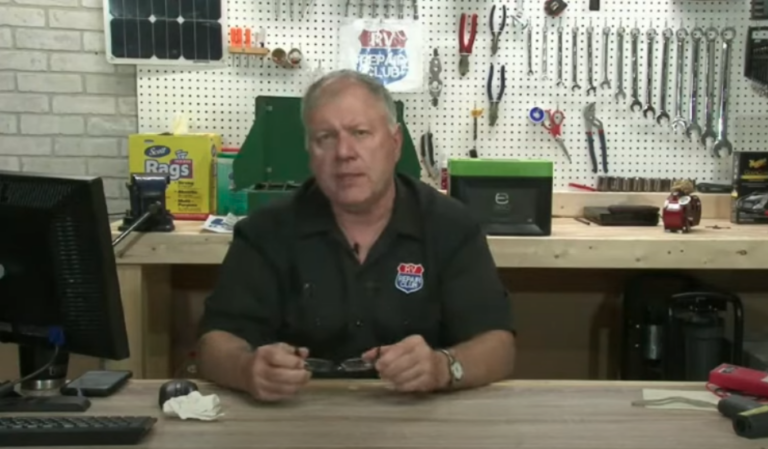
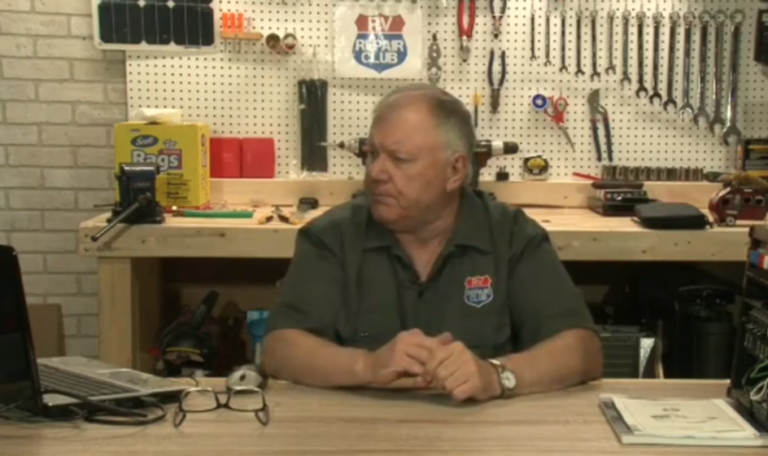
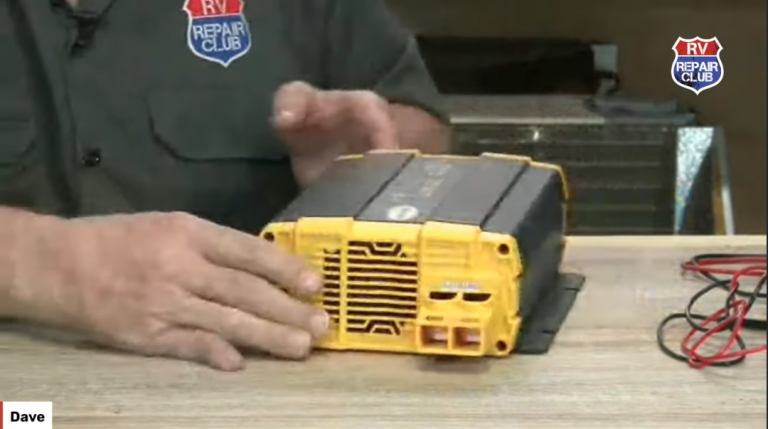
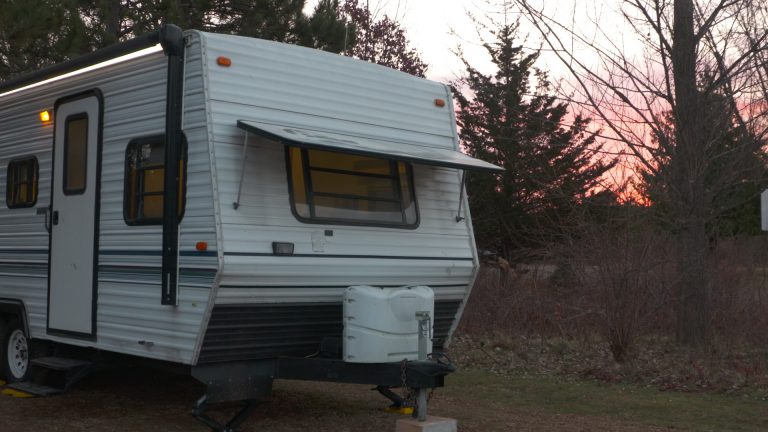
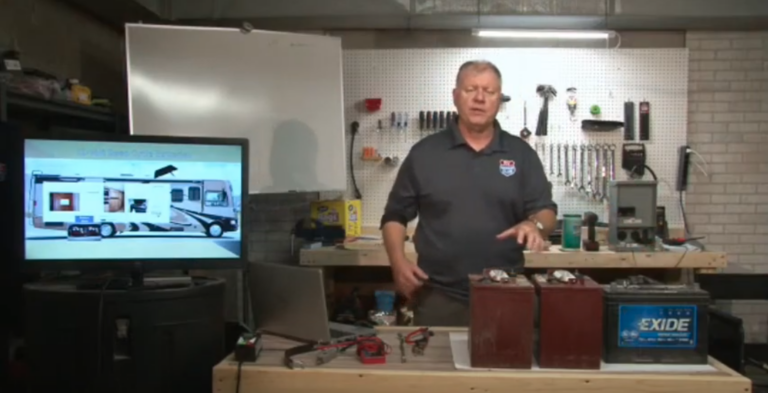
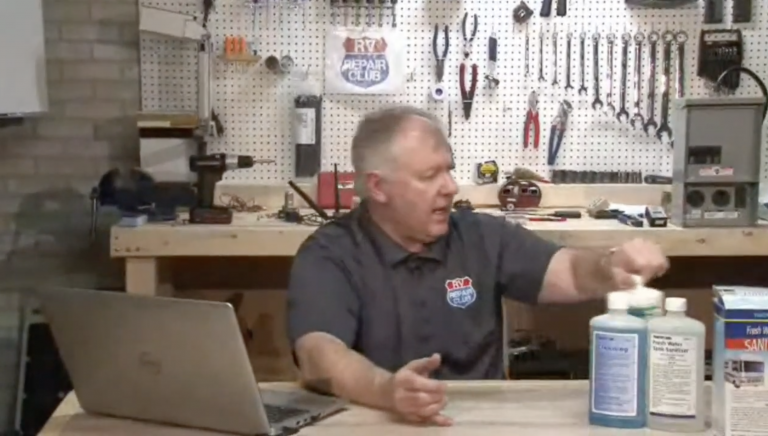
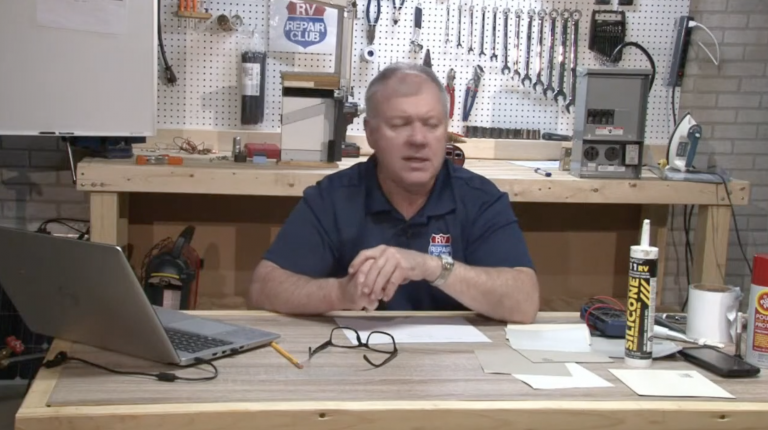
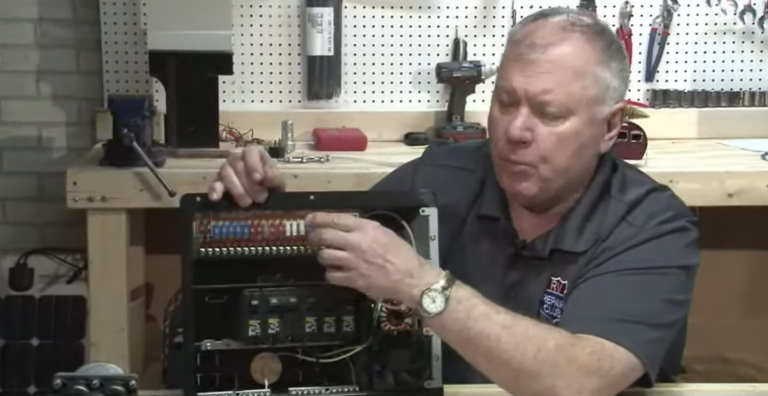
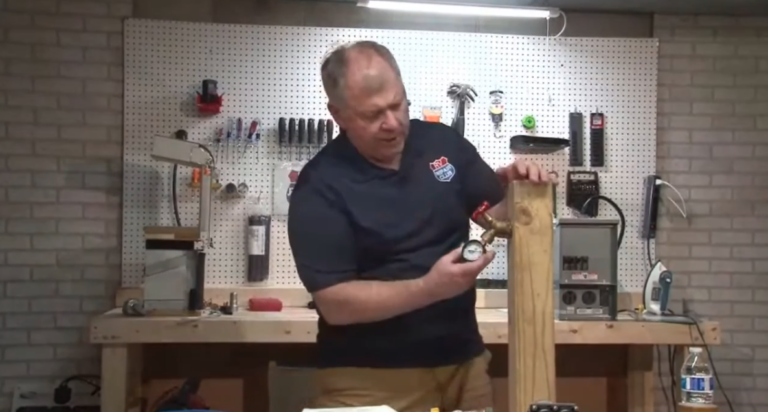

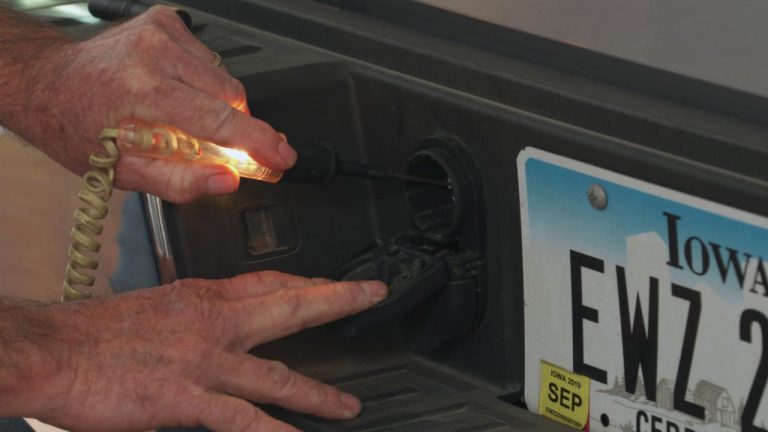


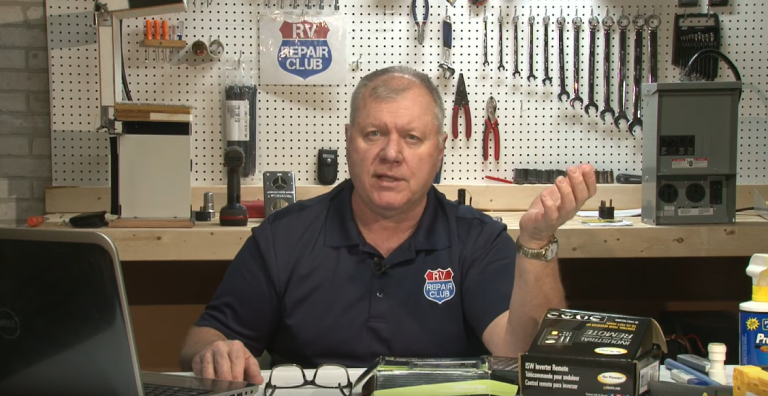
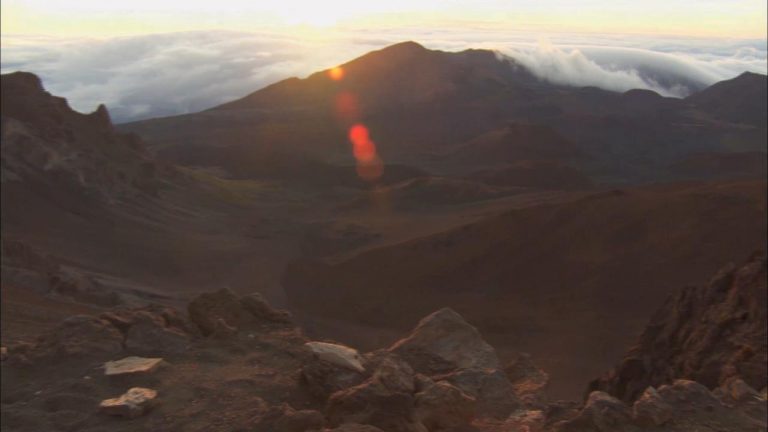
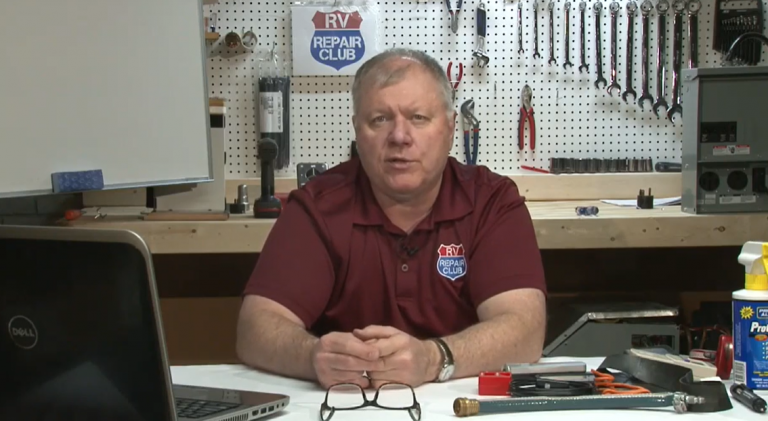
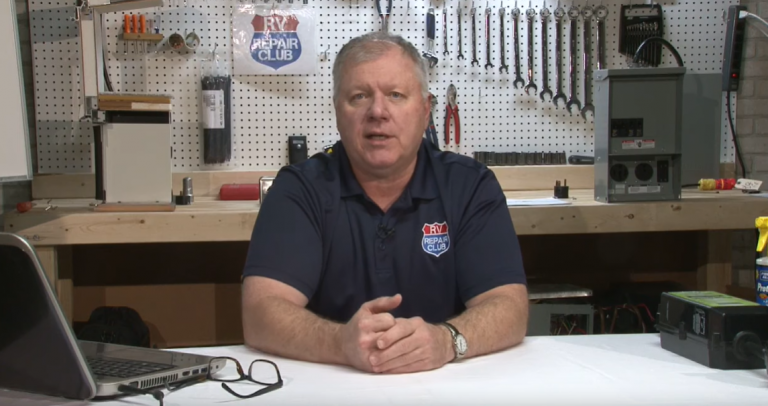
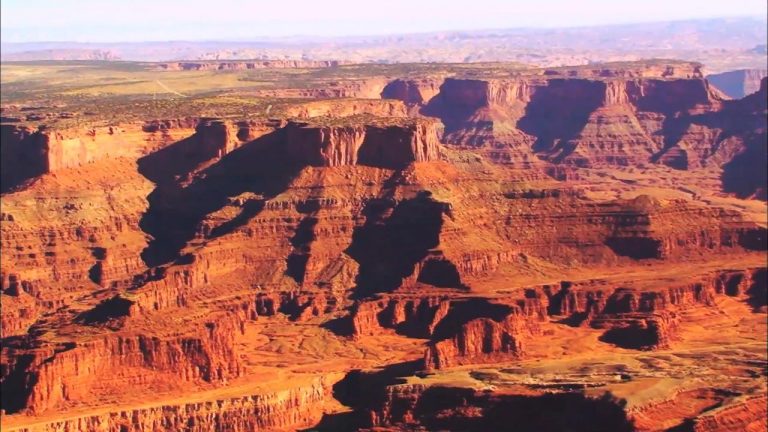
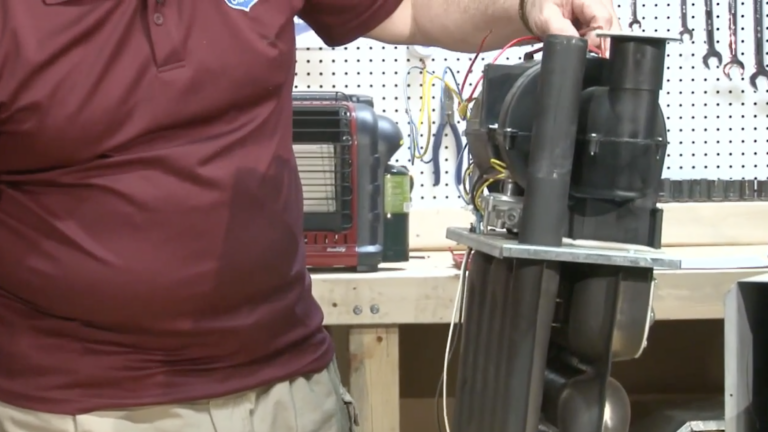
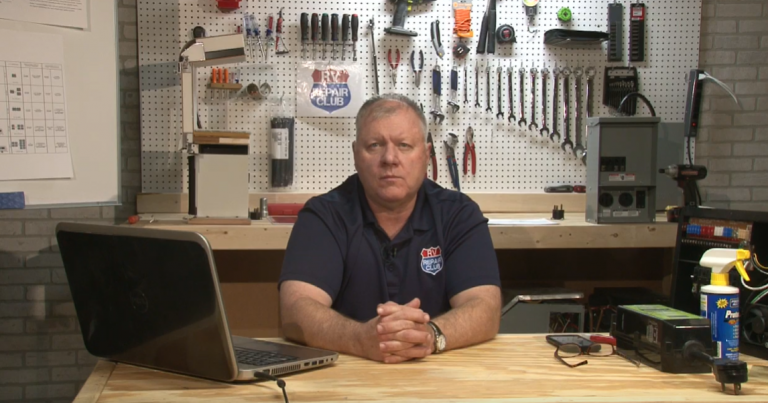

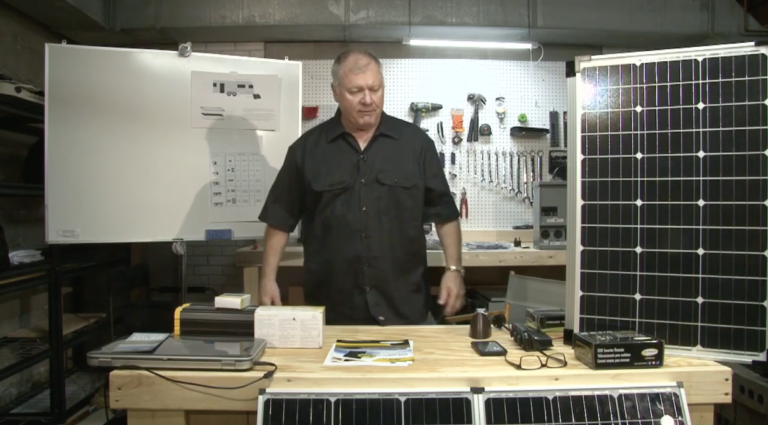
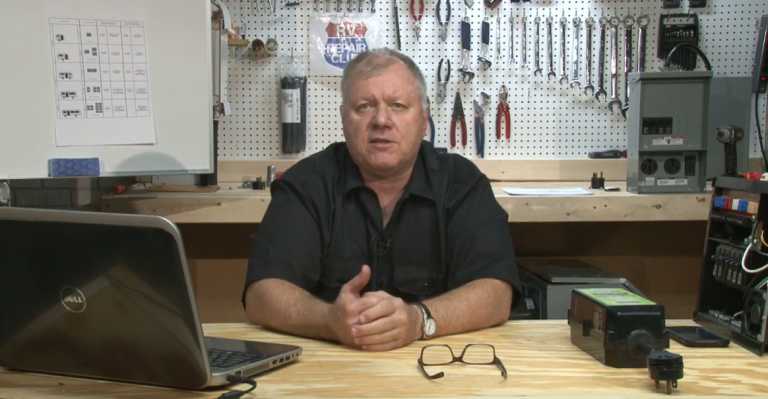
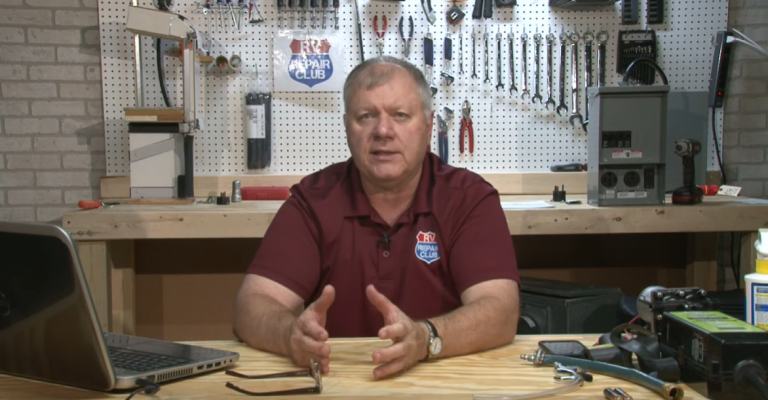

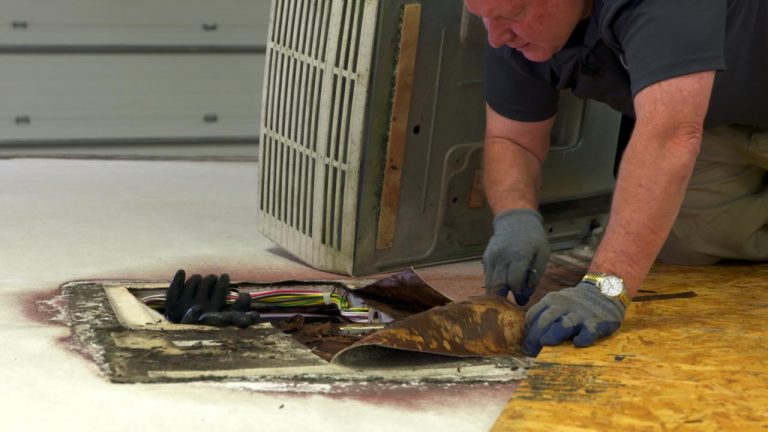
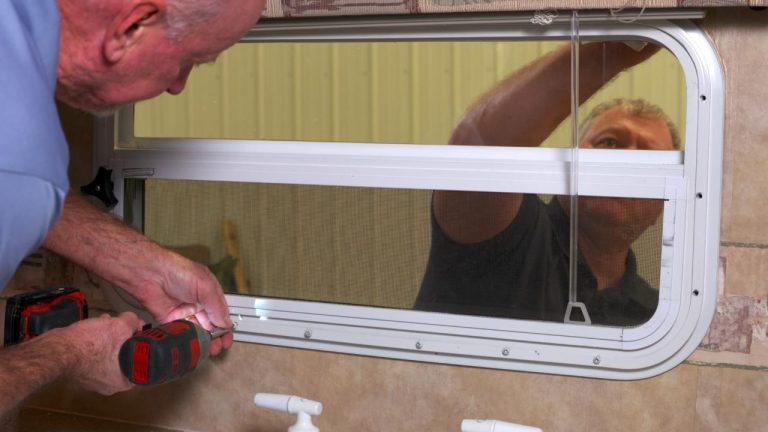
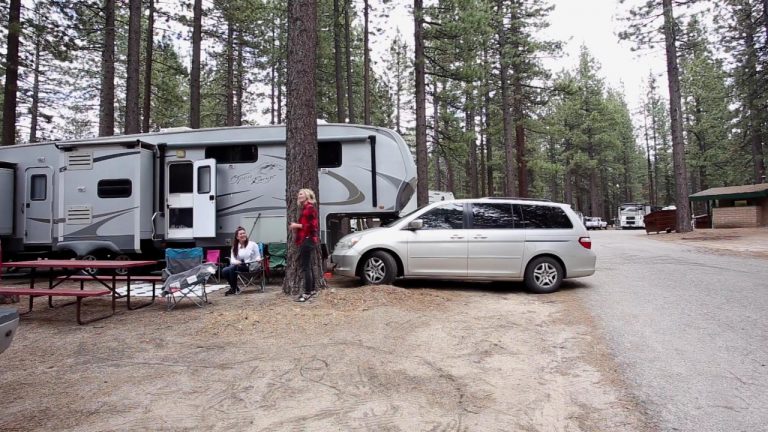
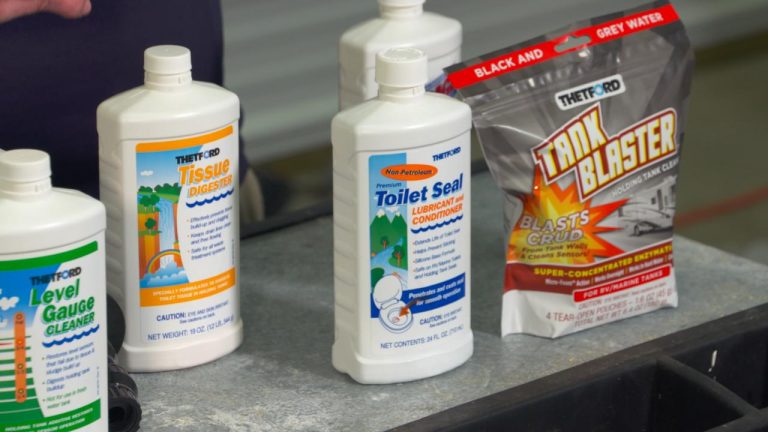
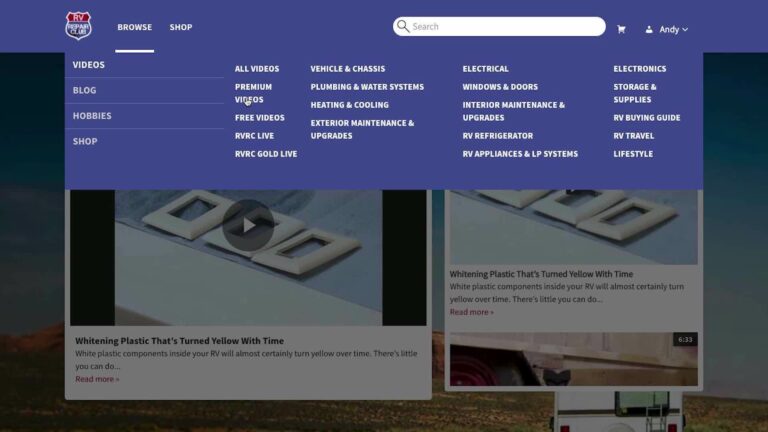
Share tips, start a discussion or ask one of our experts or other students a question.
Already a member? Sign in
No Responses to “RV Black Water Tank Overview”